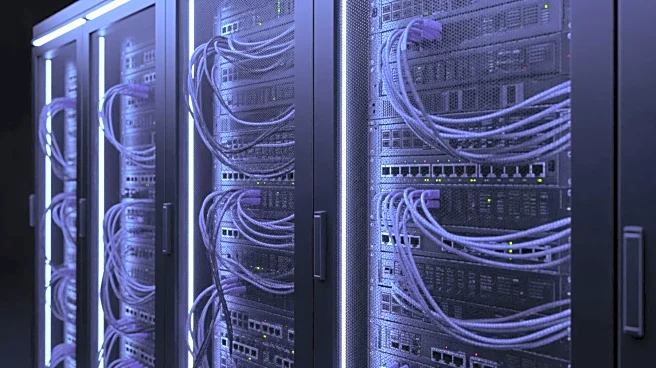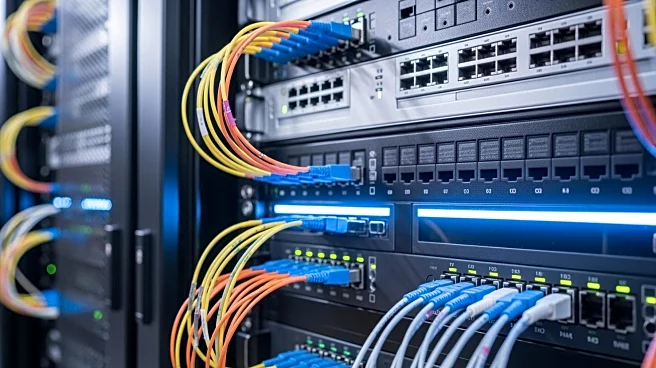What's Happening?
Harmonic has announced an expanded role in Charter Communications' network upgrade, focusing on the hybrid fiber/coax (HFC) network and fiber expansions. Charter has selected Harmonic's virtual cable modem termination system (vCMTS) and its 'cOS' platform
to enhance its broadband services. This upgrade involves a significant portion of Charter's network, with 15% moving to 1.2GHz capacity using integrated systems, 50% to 1.2GHz with vCMTS and distributed access architecture (DAA), and 35% undergoing a full DOCSIS 4.0 upgrade. Harmonic's technology supports both HFC and fiber-to-the-premises (FTTP) networks, positioning it as a key player in Charter's future network enhancements.
Why It's Important?
This development is crucial as it signifies a major step in the ongoing modernization of telecommunications infrastructure in the U.S. The upgrades are expected to meet the increasing demand for high-speed internet and advanced telecommunications services. For Harmonic, this partnership with Charter could lead to significant revenue growth, especially as the company anticipates increased spending from Charter and other operators on DOCSIS upgrades and fiber deployments. The move also highlights the competitive landscape in the telecommunications industry, where companies are investing heavily in technology to improve service delivery and customer satisfaction.
What's Next?
Harmonic is poised to benefit from further investments by Charter and other cable operators in network upgrades. The company expects to see broadband business revenue growth in 2026 as these upgrades progress. Additionally, Harmonic is exploring potential acquisitions to bolster its market position. The ongoing partnership with Charter and other operators like Comcast, which is expanding its fiber network, suggests a robust pipeline of projects that could drive Harmonic's growth in the coming years.
Beyond the Headlines
The expansion of Harmonic's role in Charter's network upgrade could have broader implications for the telecommunications industry, particularly in terms of technological advancements and service delivery. The adoption of DOCSIS 4.0 and the exploration of higher spectrum capabilities could set new standards for internet speeds and connectivity. This could lead to increased competition among service providers, ultimately benefiting consumers with better and faster internet services.














